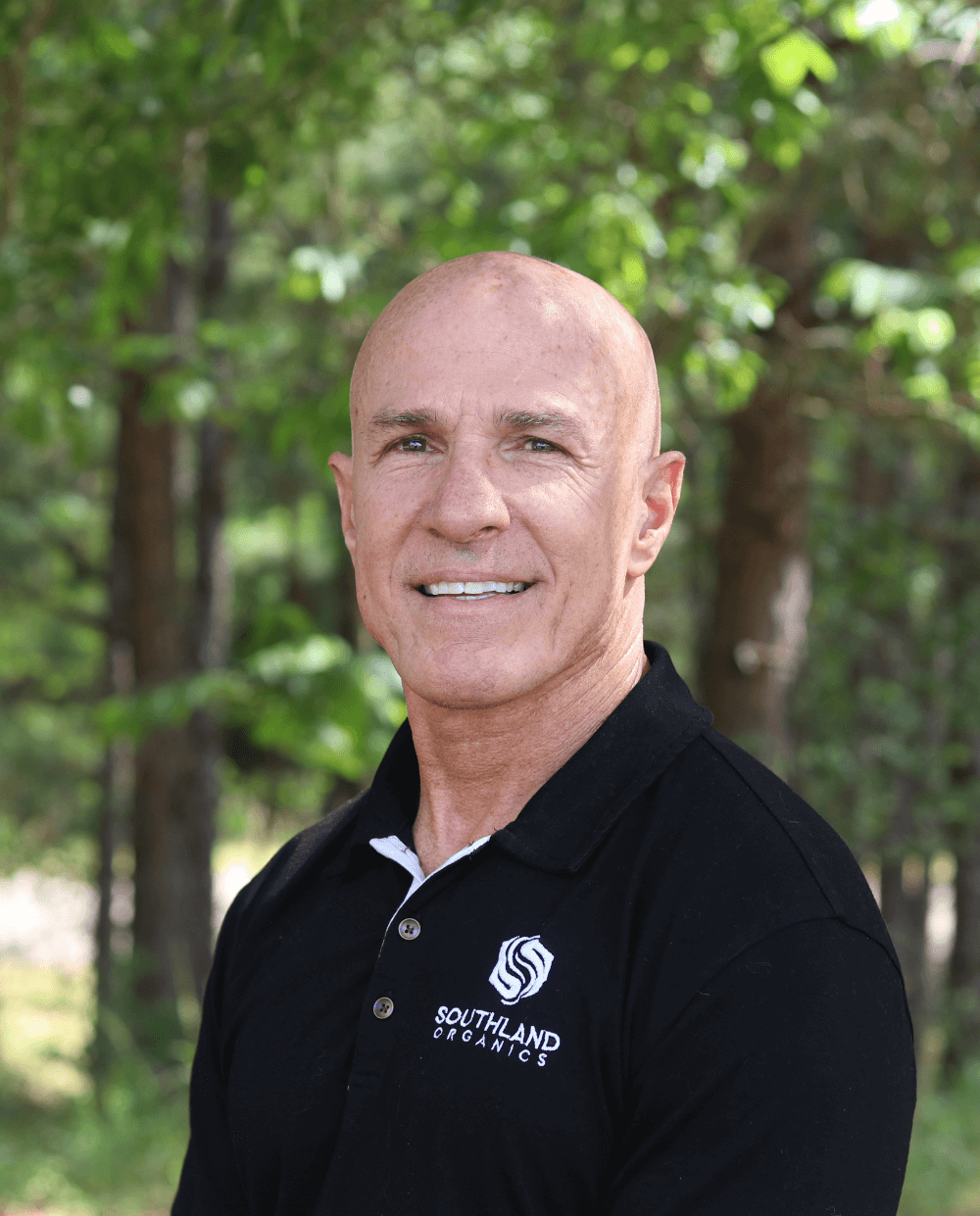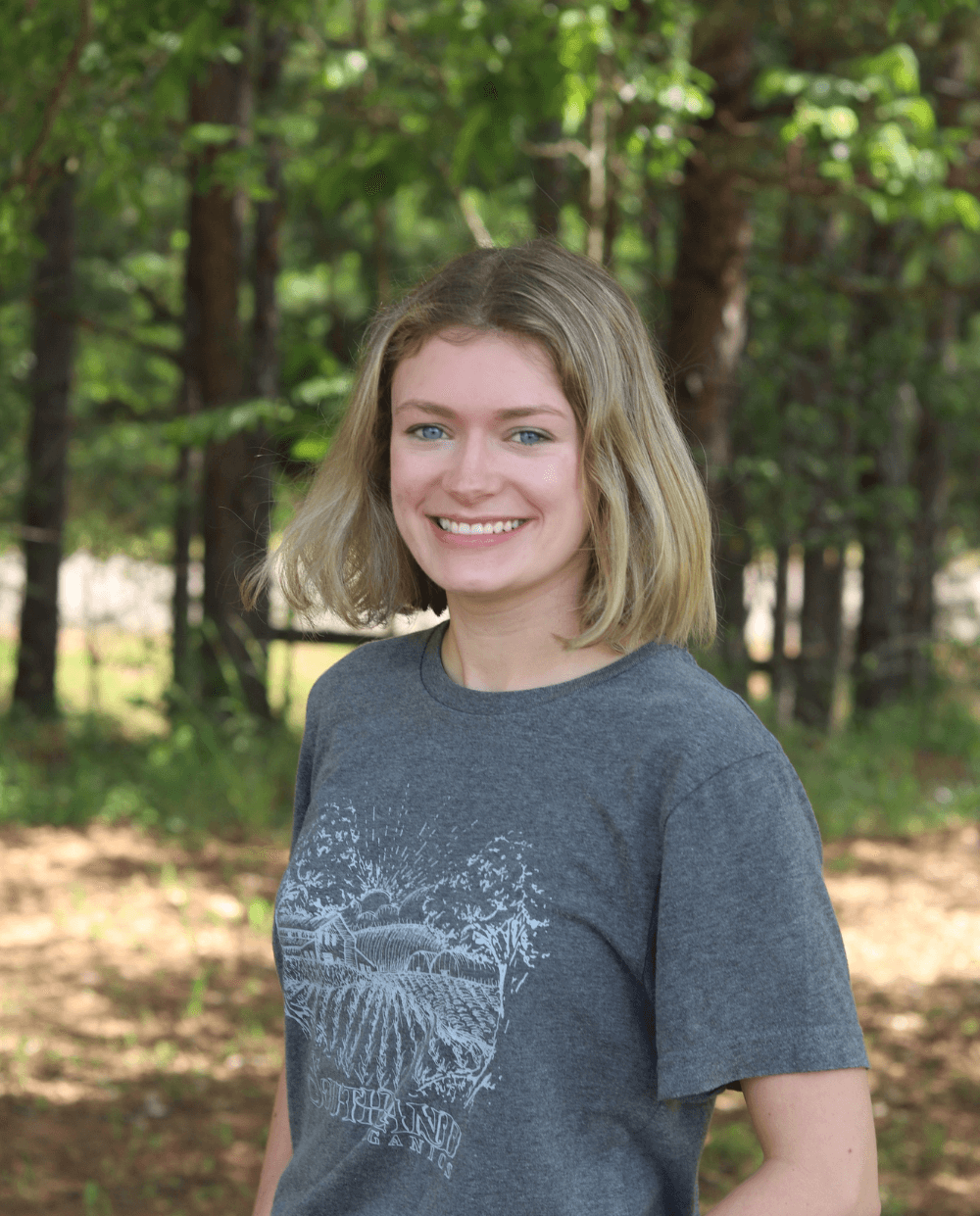Farming is an act of faith.
We know there are countless farmers who are fighting for their livelihoods in the face of disease and outbreak. To farm is to feed the world, and facing a disease challenge can rock a poultry house environment, your business and eventually everyone's food supply. We constantly applaud farmers for their hard work and dedication despite having to overcome devastating challenges like gangrenous dermatitis. This is exactly what Shanon faced on his Georgia poultry farm in 2014. Here is his story.
Both of Shanon's grandfathers were farmers, and it had always been his dream to have a farm of his own. He was called to ministry in his early years, but when an opportunity came along for him to become a chicken farmer, he took the huge step of faith and bought a farm, using his granddad's farm as collateral.
Dead birds can kill a farm.
December 2014 brought an entirely new test to Shanon's faith. In the fifth week of his flock, almost-full-grown birds began dying by the hundreds. His next flock came along, and everything was fine until week five, and he relived the same plague-like experience—dermatitis had created dead birds and hit his business hard. At the suggestion of several people, he tried one more flock and saw the same results. He knew if this happened once more, he would have nothing left. He knew his farm wouldn't make it, and neither would his stamina.
After an intensive clean out and treatment with Litter Life, his next flock survived. Fifteen months later, he had not had any recurrence of gangrenous dermatitis. We're thrilled to say that after about ten years of a thriving poultry operation, Shanon has recently returned to his original calling of ministry.
Maybe you know Shanon's story all too well because you've lived it—or you're in the middle of it. Here at Southland Organics, we exist to help make more success stories like these possible. If you need help, we're here. Connect with Allen Reynolds at 800-608-3755 or allen@southlandorganics.com.
What is dermatitis?
Dermatitis in chickens often results from other diseases that produce immunosuppressive agents, like infectious bursal disease. It's a secondary bacterial infection, and its first signs include acute increase in mortality and its characteristic gross lesions.
Gangrenous dermatitis is also known as gas edema disease, avian malignant edema, gangrenous cellulitis, Wing Rot, Red Leg, Clostridial Myonecrosis and Blue Wing Disease.
Difference between gangrenous dermatitis and necrotic dermatitis
Gangrenous dermatitis in poultry is a clinical disease caused by the bacterium, Clostridium and Staph (Staphylococcus aureus). Farmers experience a rapid onset of skin lesions and acute mortality as reactions to Gangrenous dermatitis.
Necrotic dermatitis is actually the umbrella term for all versions of dermatitis, gangrenous dermatitis included. It is more general and can be caused by many different factors. What makes gangrenous dermatitis different is that it's caused by a bacterial or fungal infection specifically.
The Fallacy of Disinfection
'Nature abhors a vacuum' is a well-known statement in some circles. This idiom is used to express the idea that empty or unfilled spaces are unnatural, as they go against the laws of nature and physics. Disinfectants are designed to create biological vacuums.
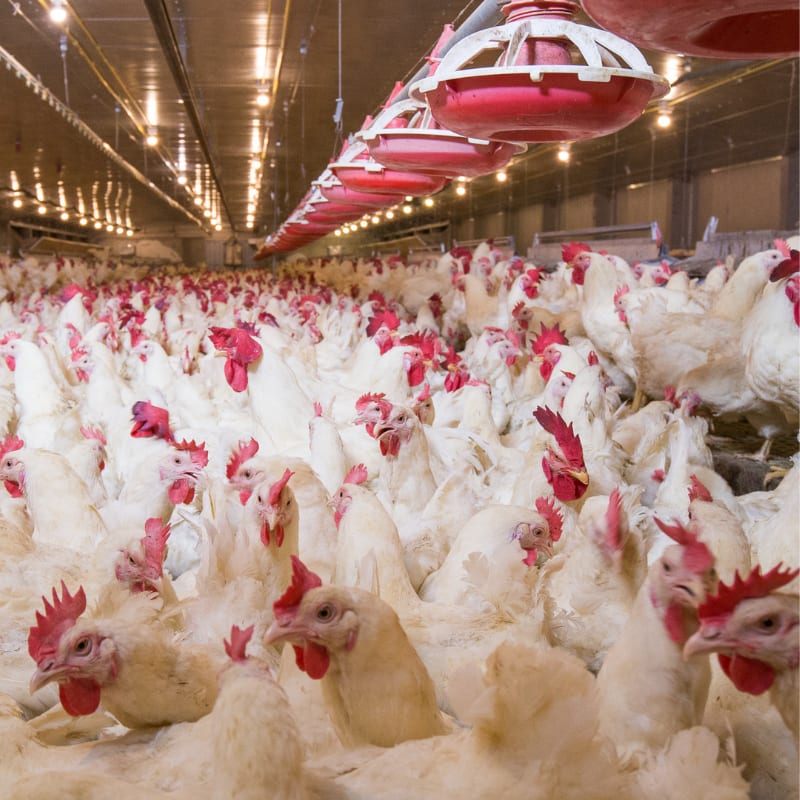 Disinfectants are only good for a very short period of time. They kill the majority of the microbes on surfaces where they are applied, but that killing power may only be good for a few minutes. After that, you are left with an area completely devoid of any kind of life. Eventually, something will move in to fill that space, and that something will be whatever can migrate from a nearby, non-disinfected area.
Disinfectants are only good for a very short period of time. They kill the majority of the microbes on surfaces where they are applied, but that killing power may only be good for a few minutes. After that, you are left with an area completely devoid of any kind of life. Eventually, something will move in to fill that space, and that something will be whatever can migrate from a nearby, non-disinfected area.
It stands to reason that if there is an outbreak of Gangrenous dermatitis in a poultry house, then the disease will be in adjacent areas or the depth of the litter. These areas will not be affected by the application of disinfectants. Therefore the result of the disinfection will be the extermination of both harmful and beneficial bacteria. Without a repopulation strategy of beneficial bacteria, disinfection has made the situation worse, as the dangerous Gangrenous dermatitis is now unchallenged and has free reign.
Most treatment protocols call for broad-spectrum antibiotics. This mentality and application have led many scientists and doctors outside of the poultry industry to become alarmed, and they have begun to pressure government involvement in the regulation of the overuse of antibiotics. Other protocols call for total cleanout and disinfection of affected poultry houses. Full cleanout and disinfection do little for the farmers, as they are forced to absorb costs and fund an ineffective solution.
Fighting Dermatitis in Chickens
Litter Life is our organic poultry litter treatment. The bacterial strains involved for Litter Life is excellent at breaking biofilm and oxygenating targeted areas. This means it can fight litter moisture and dry wet litter. Additionally, there are 14 indigenous bacterial species in both blends that have proven powerful in competitive exclusion. This combination provides unrivaled action against poultry disease that can impact broiler chickens, especially those caused by Clostridium and Staphylococcus aureus.
By leveraging organic acids with low molecular weight, Litter Life can penetrate biofilms created by Clostridium, Staphylococcus aureus and other bacteria. Clostridium, the dangerous bacteria that causes Gangrenous dermatitis, is anaerobic, meaning it does not survive in the presence of oxygen. Since it is oxygen sensitive, Clostridium encapsulates its environment with a biofilm for protection. Litter Life penetrates this biofilm and exposes the Clostridium. Once exposed, the disease-causing bacteria have little chance to wreak havoc on poultry.
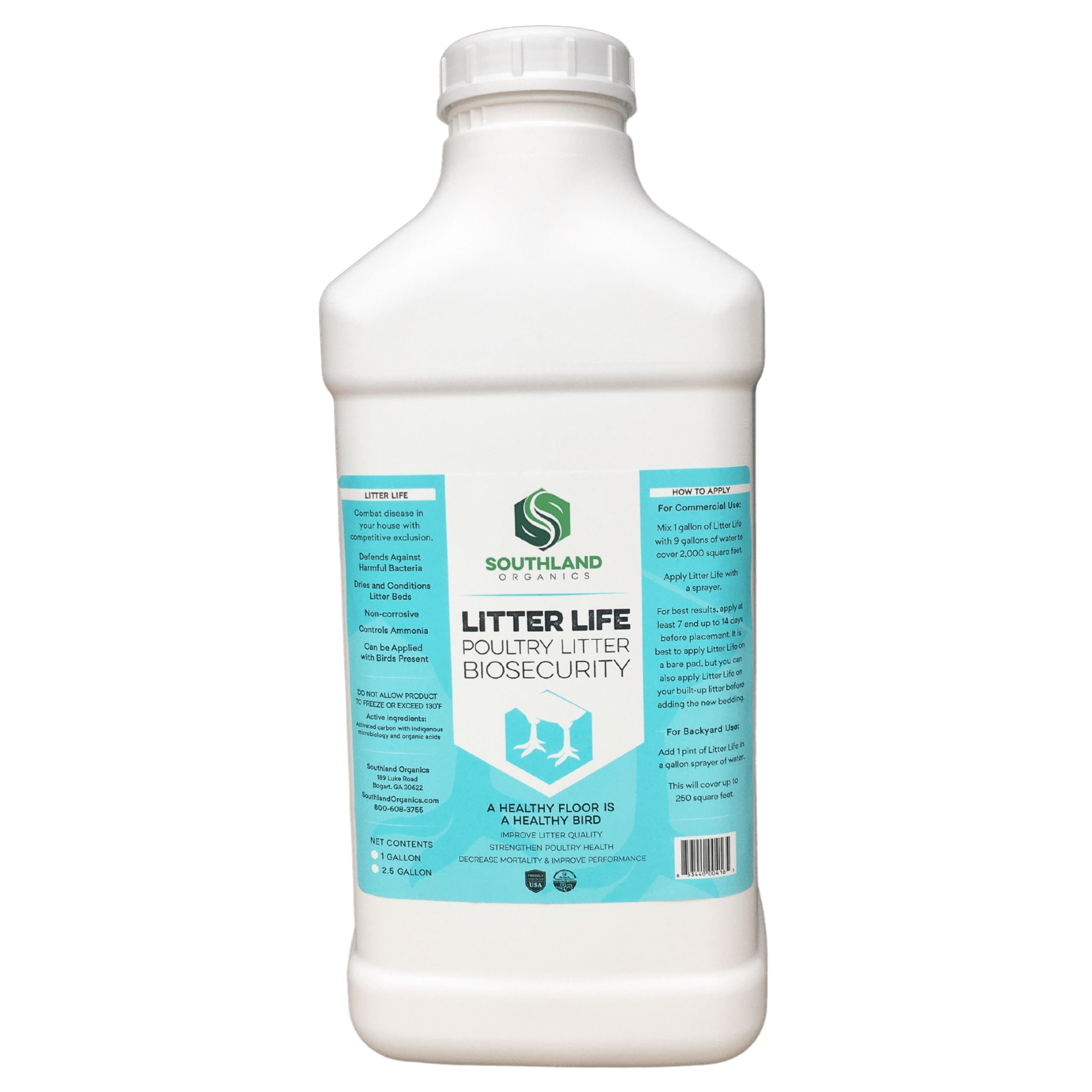 Additionally, Litter Life brings 14 beneficial bacterial strains to the party. Suddenly the playing field is leveled, and a war for resources takes place. Litter Life controls the harmful bacteria, and we have homeostasis–a return to the normal.
Additionally, Litter Life brings 14 beneficial bacterial strains to the party. Suddenly the playing field is leveled, and a war for resources takes place. Litter Life controls the harmful bacteria, and we have homeostasis–a return to the normal.
Litter Life is an incredibly efficient and more intelligent approach to battling Gangrenous dermatitis. As justifiable pressure to eliminate growth-promoting and preventative antibiotic use increases, other methods of controlling disease and getting results are imperative. A comprehensive program for litter management that complies with the laws of nature makes the most sense.
One note we'd like to make about Litter Life is that it is NOT a veterinary medicine. It can not be used as a medicine to treat dermatitis in chickens, but it tackles gangrenous dermatitis' contributing factors so that the disease does not occur in the first place. If it does occur Litter Life can outcompete the harmful bacteria that cause dermatitis and other diseases in your house's litter.
Becoming #1
After using Litter Life to help him defeat dermatitis, Shanon used Big Ole Bird, our poultry probiotic, to bring him to the #1 grower in his area. Learn more about Big Ole Bird here.
Check out our Grower Spotlight on mom, wife, wedding venue owner, and poultry grower, Tiffany Hodges on another Grower Spotlight.
Learn more about how Litter Life fights dermatitis on our blog post Defeating Dermatitis.


